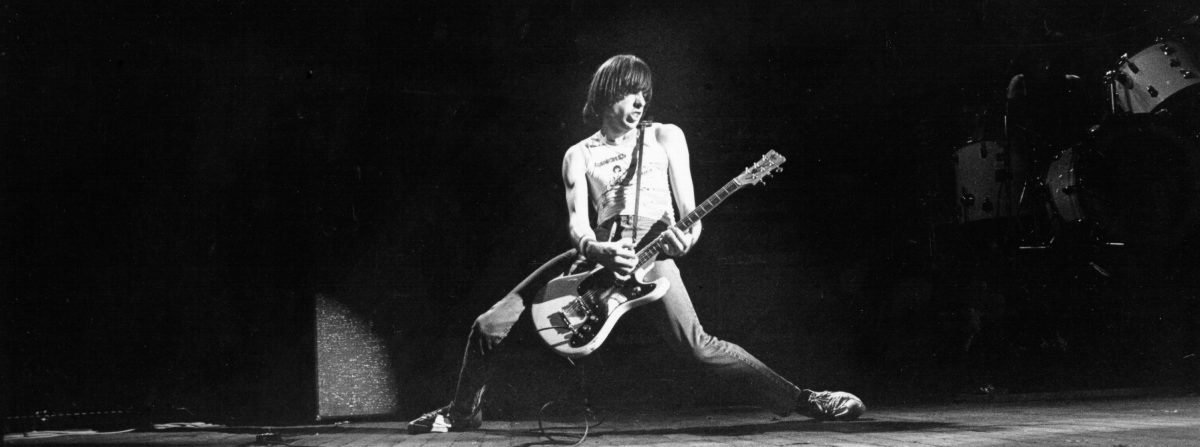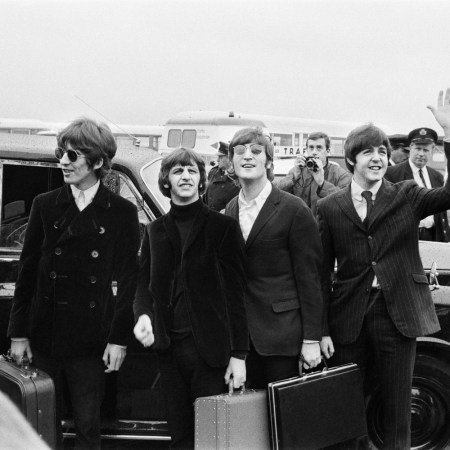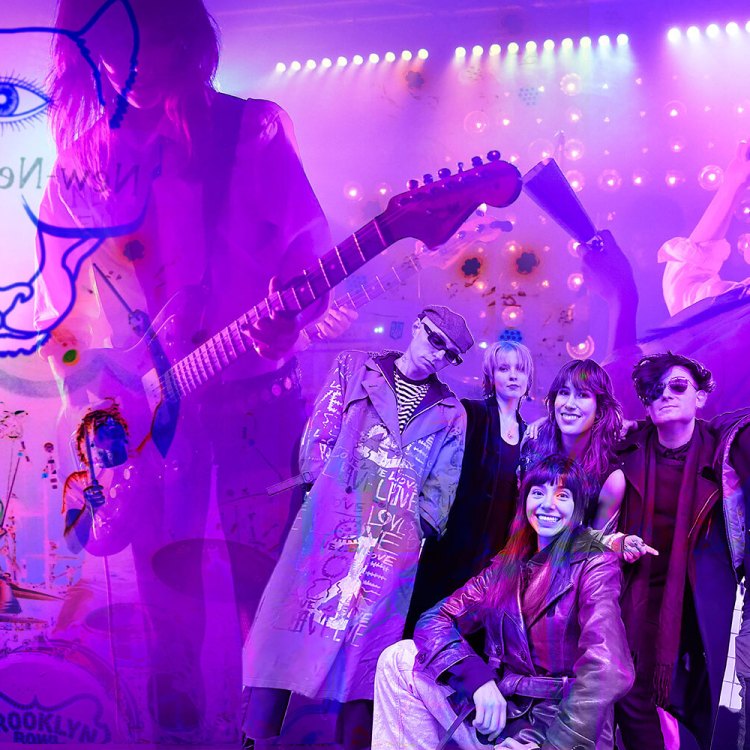We do not seek perfection in pop music, but sometimes it happens.
The perfection I have in mind is when the listener hears something and has a seamless experience. Nothing interrupts the awe.
I believe this happens when we open our heart to the kind of uncritical experience we had when music first swept us off our feet at a younger age, when we first discovered that rock and pop could help us find an identity and speak for us when we couldn’t find the words.
On some level, we all remember a time when music could reach a primal part of us that belonged to the cavemen and belonged to God. It’s still there sometimes, isn’t it? No matter how many times you hear that song, it reaches you in the temple of awe, that place at the top of the chest, warm as whiskey, formless as fog.
Usually, the listener completes the cycle begun by the song. The emotions in the music match our own thoughts like our own left and right hand gently clasping. We can float through this soundscape, or turn within it like we were in a giant bubble, without fear of stubbing our toe or stepping on a nail. Our relationship with the song feels effortless, as if it was pulled from an orange sunset, a perfect lite-brite cityscape, or a deep violet star-sprayed night.
Now, I am not talking about powerpop, or wheezing, frantic stream-pop choruses heard through car windows or through the gold haze of weddings. I am talking about those non-cynical moments when the joy and emotionalism of pop makes an effortless —seamless (there’s that word again!) — connection with us.
When I think of songs that create this experience, this seamlessness, I tend to immediately conjure “More Than a Feeling” by Boston, which should not be dismissed as arena rock. I also think of the first Ramones album in its entirety (I believe you have to consider Ramones as a single piece of music). Both are virtually flawless but a thousand and eight miles from antiseptic. This is where the real magic emerges: these recordings are, for all intents and purposes, perfect, but they are absolutely human, because they are so loaded with empathy and (sonic and lyrical) emotion.
Here is what I believe is the secret magical spell behind the seamless experience: Simplicity of emotion; complexity of execution; originality of concept; immediacy of form; invisibility of environment. The music of the Ramones, for instance, may seem like a simple collection of chords, but their originality makes them vastly complex.
By the way, just because a song is an extraordinary technical achievement does not mean that it is a seamless experience. For instance, we would all agree that “Bohemian Rhapsody” is one of the great accomplishments in pop recording history. It challenges us, staggers us, engages us, frightens us, elates us, and whacks us about the room — or around the car — like a rag doll. But it does not provide us with what I am referring to as a seamless experience. It does not take you — and leave you — in the weightless planetarium dome of wonder, where your heart and mind become one with the texture and text of the song.
Similarly, the Beatles, the most masterful, inventive, and influential of pop bands, did not create seamless experiences. That is because, like a clever child, they didn’t just want to provide the answers, they also wanted to show you their work.
Boston’s “More Than a Feeling” has no such hubris. Although it is, in its own way, as complicated and calculated as an Apollo space launch or a Da Vinci painting, it never insists on the listener applauding its complication. It has empathy, not ego. “More Than a Feeling” is not just a song about loss, told in terms absolutely any adolescent can identify with; it is, almost miraculously, a song about the role music plays in the ability to both remind us of and assuage that loss. It is about the heart of music itself, the telescoping melancholy and hope of adolescence.
Like the work of the Carpenters, “More Than A Feeling” is almost devoid of impurity, both in feeling and execution. Certainly, many artists have achieved an extremely high level of craftsmanship in the studio, but only the rarest of artists use technique to produce such pure emotional effect. A seamless song reaches you, bypassing your conscious mind, your desire to categorize or analyze. It just touches the nerves, the living hairs on your arms; it becomes memory, frames it, and then mines it. Tony Hatch and Petula Clark also achieved this, building churchly pop productions that sighed and exploded and plucked like dreams, wrapped around the most perfect and effective songs of comfort, loneliness, loss and joy.
The Ramones created a seamless experience on their first album, and Kraftwerk have done it many times throughout their five-decade long career (most notably on a recent album, which I will discuss shortly). What makes the Ramones and Kraftwerk more remarkable is their integration of an original vocabulary. Both groups invented within an utterly user-friendly framework, they created revolutions that were as comfortable as old sneakers and as welcoming as puppy fur. They also took the ultra-simple and brought it to its natural conclusion, evoking the purest pop of the nursery, the playground, and the birthday party; conjuring the environmental harmony and drone of the refrigerator and the highway.
Just a year and a half ago, Kraftwerk released one of the greatest “seamless” albums of all time (again, the term meaning a quality of emotion and effect, not a description of technical aptitude).
This was the astounding, adamant but gentle leviathan, 3D The Catalogue. At four hours and 45 minutes long, it is an unlikely candidate for any mainstream award for album of the decade. But it is sown with acres of melody so pure as to be almost unconscious, it rings with the notes we hummed to ourselves when we were in high chairs and lost in living rooms rugs.
3D The Catalogue is a live recording (made between 2012 and 2016) of all — yes, all — of Kraftwerk’s post-1974 catalog (seven studio albums and one remix album), arranged chronologically and completely devoid of any audience sounds. Virtually every moment of 3D The Catalogue is superior to the original recordings. Time, age, and context have made the band’s performances here more elegiac and emotive then the original takes, and Kraftwerk’s sugary and extraordinary melodies, penchant for expansive structure and leitmotifs, hypnotic rhythms, and fanfare-like instrumental hooks emerge as they never have before.
The album is not just a representation of all that was (and is) brilliant about Kraftwerk, but it epitomizes seamless pop itself: Ecstatic in its melody and its invention, though the craftsmanship never, ever gets in the way of a pure impact on the soul.
The entire adventure, taken as a whole or taken in part, makes the soul grin.
This article was featured in the InsideHook newsletter. Sign up now.
























